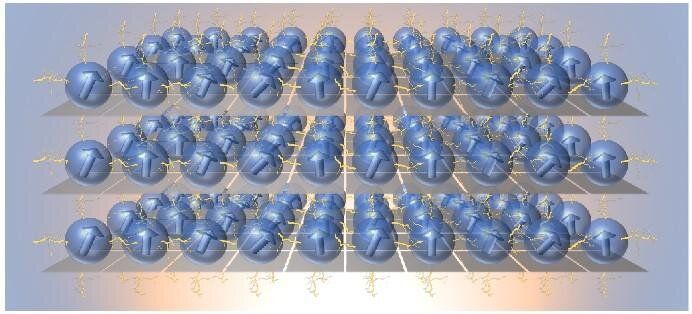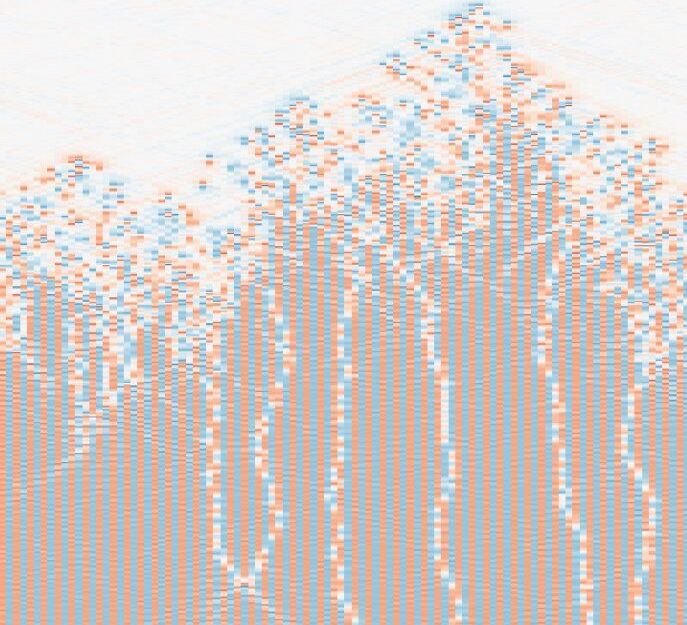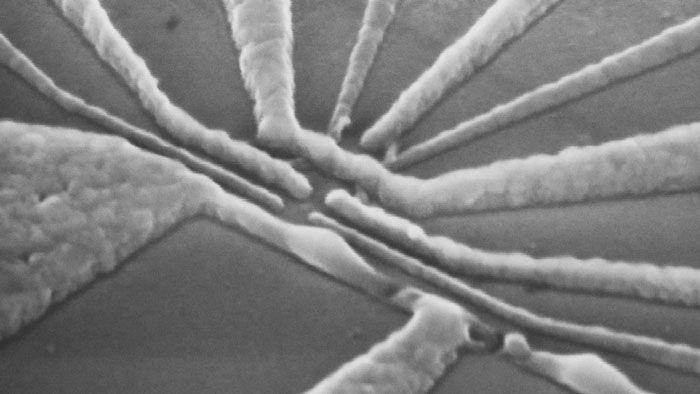The race toward the first practical quantum computer is in full stride. Companies, countries, collaborators, and competitors worldwide are vying for quantum supremacy. Google says it’s already there. But what does that mean? How will the world know when it’s been achieved?
Using classical computers, computational scientists at PNNL have set a mark that a quantum system would need to surpass to establish quantum supremacy in the realm of chemistry.
That’s because the fastest classical computers available today are getting better and better at simulating what a quantum computer will eventually be expected to do. To prove itself in the real world, a quantum computer will need to be able to outdo what a fast supercomputer can do. And that’s where the PNNL-led team have set a benchmark for quantum computers to beat.









